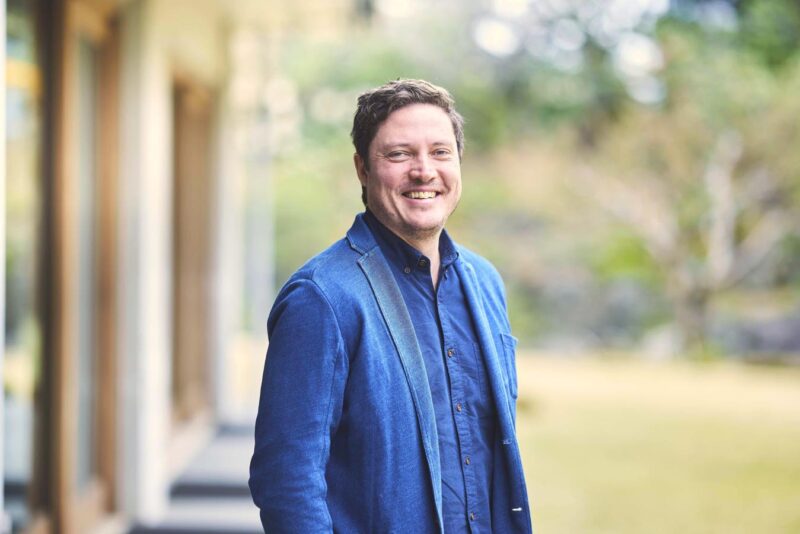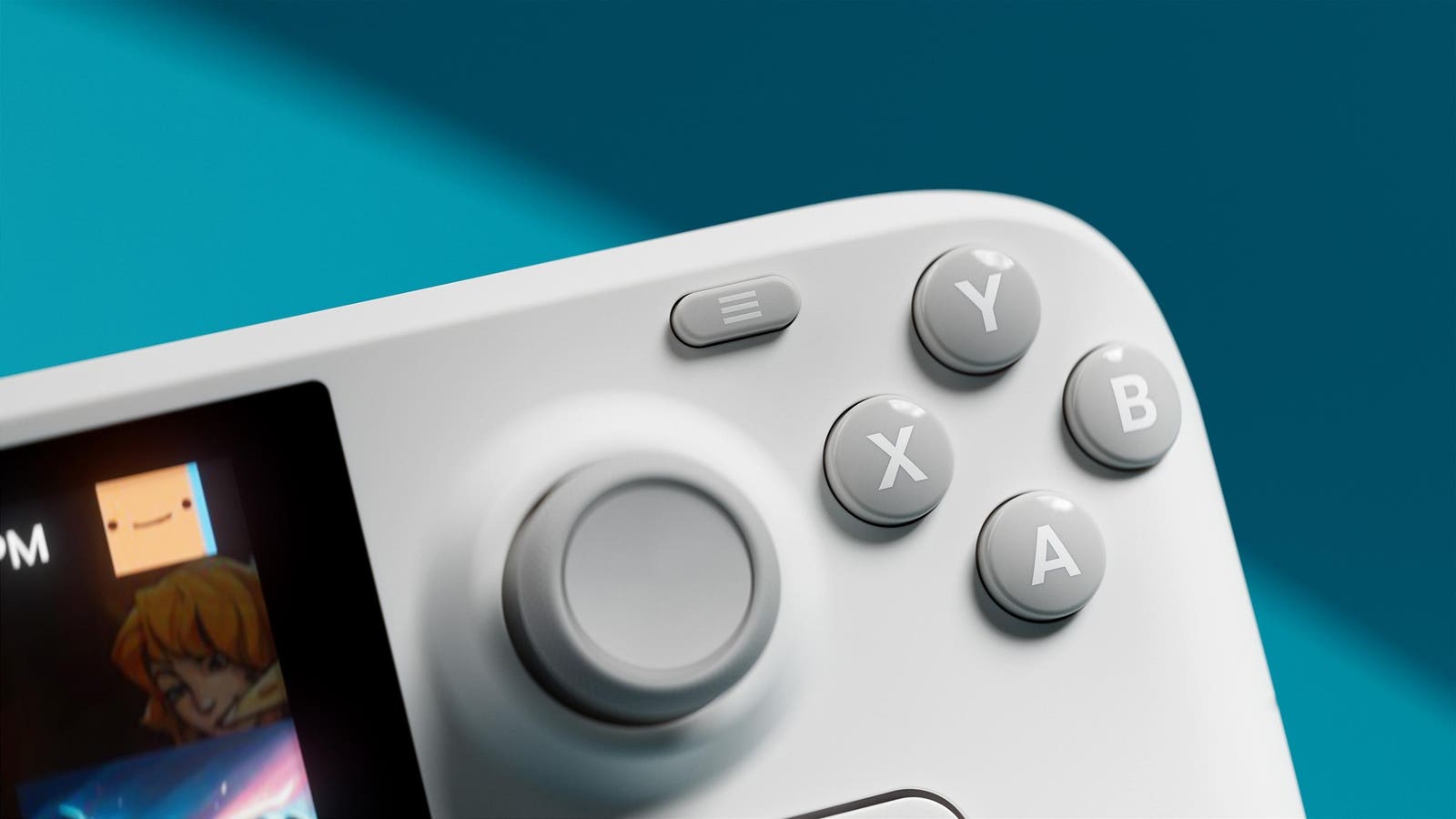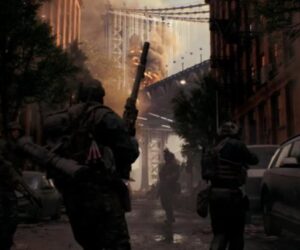Architect Michael Murphy
International House Japan
Architect Michael Murphy is well-known as a co-founder of MASS Design Group, a non-profit architecture firm that worked to find meaningful ways to have a positive impact on the built environment. For Murphy, architecture is a tool to make the world a healthier, happier, more beautiful place.
As CEO of MASS, he completed several important projects, most notably the National Memorial for Peace and Justice in Montgomery, Alabama, a powerful memorial to lynching, of which the New York Times said, “The country has never seen anything like it.” In 2011, working alongside global health leader Paul Farmer, MASS built the Butaro Hospital in Rwanda.
Murphy has stepped away from MASS and will serve as trustee emeritus on its board. He launched his own firm, AMMA Projects, a private, for-profit venture that is meant to expand the impact of architecture in the search for a more equitable, healthy, just future.
The National Memorial for Peace and Justice demonstrates how cultural projects can unlock exponential and regional economic renewal; the project has transformed Montgomery, AL into a nationally-recognized cultural destination. Murphy led the design while CEO of MASS Design Group.
Iwan Baan
Michael Murphy in Conversation
Matt Shaw: What were your biggest takeaways from your work prior to founding AMMA? How does AMMA approach the practice of Architecture differently?
Michael Murphy: The practice of architecture has typically favored one very specific business model, focused on service fees of the architect and time and materials. Lots of value is left on the table and the practitioner is left as a vendor instead of a partner in the production. This can lead to some contrasting incentives for the owner and the designer.
I’ve wanted to change that my whole career. To see the architectural decisions as elemental instead of cost adds is to change the design process, as well as the role of the designer. I had tried it with a non-profit structure, which opened up many doors into markets that were being undervalued and untapped. I think having skin in the game is the critical vehicle for transforming the role of the designer, and thus design, more broadly. To change who owns the built world, to share it, guide it and finance the work differently. To have accountability for what is built and what isn’t, this is the next hill to climb in the architecture world, and I started AMMA to advance that broader agenda of shared ownership and shared accountability.
Murphy joins Barbados Prime Minister Mia Mottley and Minister of Educational Transformation Chad Blackman at Chelston Park, the site of a new Chelston Climate School being built from hurricane resilient CLT classroom modules in St. Michael, Barbados.
Rich Fridy
How will you approach the business differently?
I’m just so excited to be working in this new way. Clients and partners are bringing me into conversations not after they have thought about the building but before it is baked, when the idea is in conception and asking questions that are wild, like, “how can we get this crazy thing done?”
Because of that, nothing is off the table. Design and architecture are really just one vehicle, but these projects and partners have opened doors to new collaborations that range in form and type. For example, I am helping raise a fund of capital for real estate projects that will share ownership. I’m on the owner’s rep side for a project in Washington D.C. supporting a large development designed by another architect, I’m working as a sculptor on another project that is a memorial to a disability rights activist, and partnering with medical scientists on rethinking end of life care. With my students, I’m mapping neurological responses to spatial conditions and measuring specific outcomes. This research will lead to a startup seeing how the brain is impacted by the spaces around us.
All these opportunities are cracked open by launching a new collaborative studio that doesn’t demand a project type, but focuses on the ideas that need development. The business model seeks to stay nimble and flexible but also perform in a range of different marketplaces and settings (not hindered by one market). In essence, we are making the projects we want to be a part of from scratch; working with amazing thinkers and collaborators across broader disciplines long before built space is even a goal or need. We are thinking more like artists of systems instead of architects of buildings.
The question has remained the same throughout my career— How is space shaping us, so that we can better shape space?
What do you see as the biggest opportunities for architects today?
Architects have always been broad thinkers and bundlers of ideas, however, the profession’s role is often shrunk to visualizer and drawing stamper.
With artificial intelligence and market shifts, these roles are only going to become increasingly minimized components of the profession’s income stream. I would predict some pretty disruptive changes in our profession over the next few years.
The opportunity, however, is quite large, if we consider the architect as a catalyst for boundless systems design and innovation. Thinking outside the time and materials lens of service fees, the architect should be a project advocate, a developer, a designer, and a builder. I like to think of the role like that of a film producer. Someone who is involved in raising the capital, developing the design, hiring the most innovative and unique collaborators, completing the construction, and accountable to the success or failure of the endeavor.
In our recent work in North Adams Massachusetts, we have played multiple roles that involved us in the project not just as designers, but as an agent in imaging a new system of economic opportunities. From working with MASS MoCA on developing new housing, to seeking new types of financing for institutional development, to supporting a reimagination of the downtown district through the removal of a failing overpass, our broader team and collaborators are working many angles to transform the city into the vibrant destination it is poised to be.
What is the Value of Design?
There is no system without design. It’s inherent in its imagination. Design is a predictor—a path maker for the future we’re trying to construct. The challenge comes when design breaks, fails, or reflects biases it can’t see. Design—especially architecture—has a hard time adapting and pivoting unless it’s built to or expected to.
A friend once described design as a pathway to dignity distribution. I used that language for a while too, to describe its production, its essence, and its outcome—that with something well-designed, we feel inhabited, welcomed, touched. We feel communicated to. We feel held.
But now I see design as more than a producer of dignity. It’s the life force of the things around us—humming, interrupting, shaping our lives whether we want it to or not. Architecture has always been about making the pressures of nature less pressurized, less extreme— to help us move from surviving to thriving, from fight-or-flight to the collective and shared. This is what Martin Buber called the transformation from me to we.
The goal isn’t the perfectly designed thing (though that’s nice). It’s in building something that’s truly collective and shared. the spaces around us should help us recalibrate—to be designed to account for our missteps, to anticipate our thoughtlessness.
In my work, I’ve learned that intention matters little. It’s what you do with the resources you have that counts. Ownership—where we hold something together, share it, and take responsibility for it—is not a capitalist idea. It’s a human one. It’s about risk, collective action, and shared interest, regardless of where you come from. That’s the kind of system and practice I’m trying to build.









